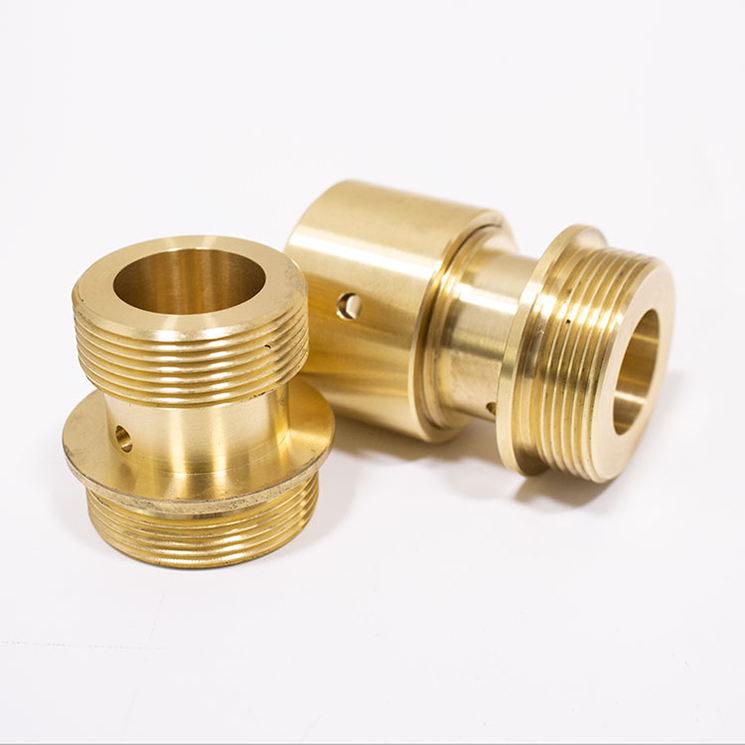
What is High Carbon Steel?
High-carbon steel is a steel with a carbon content between 0.6% and 1.7%. The carbon content is much higher than that of ordinary carbon steel, so it is also called carbon tool steel. High carbon steel has high hardness, high strength, low toughness, and is easy to quench and temper, so it is widely used in the manufacture of mechanical parts, tools and blades where high strength and hardness are required.
The higher the carbon content of high carbon steel, the higher the hardness and strength, but the lower the toughness. The disadvantage of high carbon steel is that it is prone to fatigue cracks and needs frequent maintenance and maintenance so as not to affect the service life. At the same time, the processing of high-carbon steel is also difficult, and appropriate processing methods and tools are required to ensure processing accuracy and surface quality.
High carbon steel SK2, SK4, SK5, SK7 is mainly the difference in carbon content. S means Steel, K means tools (such as knives and saws), and the number is the serial number selected at the beginning. The new version of the Japanese standard has been changed to SKXX (XX means carbon content).
High carbon steel SK2
chemical composition:
Carbon (C): 0.90-1.04%
Silicon (Si): less than 0.35%
Manganese (Mn): 0.50-0.80%
Phosphorus (P): 0.030% or less
Sulfur (S): 0.030% or less
Material properties:
High hardness: SK2 steel has higher carbon content, so it has higher hardness, and is suitable for making tools and parts that require high hardness.
Good toughness:
SK2 steel contains a certain amount of manganese, which can improve the toughness of the steel, so that it has certain toughness and wear resistance in addition to strength and hardness.
Ease of processing:
SK2 steel has better processing performance and is easy to perform machining operations such as cutting, drilling and milling.
Easy Quenching and Tempering:
SK2 steel has good quenching performance and tempering stability, and the hardness and strength of the steel after quenching have been significantly improved.
Corrosion resistance is poor:
SK2 steel has poor corrosion resistance, is prone to rust and corrosion, and needs anti-corrosion treatment.
application:
SK2 steel is mainly used in the manufacture of cutting tools and knives that require high hardness and wear resistance.
High carbon steel SK4
chemical composition:
Carbon (C): 0.95-1.04%
Silicon (Si): less than 0.35%
Manganese (Mn): 0.50-0.80%
Phosphorus (P): 0.030% or less
Sulfur (S): 0.030% or less
Material properties:
High hardness:
SK4 steel has a higher carbon content, so it has a higher hardness, and is suitable for making tools and parts that require high hardness.
Good toughness:
SK4 steel contains a certain amount of manganese, which can improve the toughness of the steel, so that it has certain toughness and wear resistance in addition to strength and hardness.
Ease of processing:
SK4 steel has better processing performance and is easy to perform machining operations such as cutting, drilling and milling.
Easy Quenching and Tempering:
SK4 steel has good quenching performance and tempering stability, and the hardness and strength of the steel after quenching have been significantly improved.
Corrosion resistance is poor:
SK4 steel has poor corrosion resistance, is prone to rust and corrosion, and needs anti-corrosion treatment.
application:
SK4 steel has high hardness and certain toughness, and is suitable for the manufacture of tools and parts that require high hardness and certain toughness.
High carbon steel SK5
chemical composition:
Carbon (C): 0.80-0.90%
Silicon (Si): less than 0.35%
Manganese (Mn): 0.50-0.80%
Phosphorus (P): 0.030% or less
Sulfur (S): 0.030% or less
Material properties:
High hardness:
SK5 steel has a higher carbon content, so it has a higher hardness, and is suitable for making tools and parts that require high hardness.
Good toughness:
SK5 steel contains a certain amount of manganese, which can improve the toughness of the steel, so that it has certain toughness and wear resistance in addition to strength and hardness.
Ease of processing:
SK5 steel has good processing performance and is easy to perform processing operations such as cutting, drilling and milling.
Easy Quenching and Tempering:
SK5 steel has good quenching performance and tempering stability, and the hardness and strength of the steel after quenching have been significantly improved.
Corrosion resistance is poor:
SK5 steel has poor corrosion resistance, is prone to rust and corrosion, and needs anti-corrosion treatment.
application:
SK5 steel has moderate hardness and good toughness, and is suitable for manufacturing tools and parts that require a certain hardness and toughness.
High carbon steel SK7
chemical composition:
Carbon (C): 0.60-0.70%
Silicon (Si): less than 0.35%
Manganese (Mn): 0.50-0.80%
Phosphorus (P): 0.030% or less
Sulfur (S): 0.030% or less
Material properties:
High hardness:
SK7 steel has a higher carbon content, so it has a higher hardness, and is suitable for making tools and parts that require high hardness.
Good toughness:
SK7 steel contains a certain amount of manganese, which can improve the toughness of the steel, so that it has certain toughness and wear resistance in addition to strength and hardness.
Ease of processing:
SK7 steel has good processing performance and is easy to perform processing operations such as cutting, drilling and milling.
Easy Quenching and Tempering:
SK7 steel has good quenching performance and tempering stability, and the hardness and strength of the steel after quenching have been significantly improved.
Corrosion resistance is poor:
SK7 steel has poor corrosion resistance, is prone to rust and corrosion, and needs anti-corrosion treatment.
application:
SK7 steel has high toughness and certain hardness, and is suitable for the manufacture of tools and parts that require high toughness and certain hardness.






